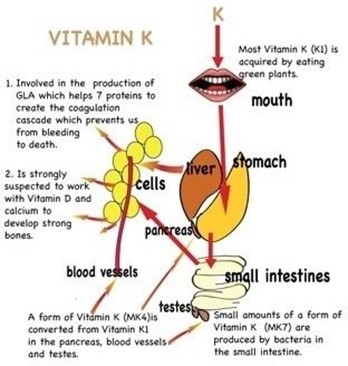As relates to rubella and Rh issues, nurses should be aware that:.
Breastfeeding mothers cannot be vaccinated with the live attenuated rubella virus.
Women should be warned that the rubella vaccination is teratogenic and that they must avoid pregnancy for 1 month after vaccination.
Rh immune globulin is safely administered intravenously because it cannot harm a nursing infant.
Rh immune globulin boosts the immune system and thereby enhances the effectiveness of vaccinations.
The Correct Answer is B
The presence or absence of anxiety is a noninvasive assessment that the RN would perform to evaluate the patient’s psychological status and possible signs of hypovolemic shock.
Anxiety can indicate reduced cerebral perfusion due to blood loss and low blood pressure.
Choice A is wrong because pulse oximetry is a noninvasive assessment that the RN would perform to measure the oxygen saturation of the patient’s blood, not the circulatory status.
Choice B is wrong because heart sounds are a noninvasive assessment that the RN would perform to auscultate the cardiac rhythm and rate of the patient, not the circulatory status.
Choice C is wrong because arterial pulses are a noninvasive assessment that the RN would perform to palpate the strength and quality of the patient’s peripheral pulses, not the circulatory status.
Choice D is wrong because skin color, temperature, and turgor are noninvasive assessments that the RN would perform to observe the skin integrity and hydration of the patient, not the circulatory status.
Normal ranges for pulse oximetry are 95% to 100%, for heart rate, are 60 to 100 beats per minute, and for blood pressure are 120/80 mmHg.
Nursing Test Bank
Naxlex Comprehensive Predictor Exams
Related Questions
Correct Answer is A
Explanation
A brilliant, uniform red reflex in both eyes is a sign of a healthy retina and optic nerve. The red reflex is the reflection of light from the retina that varies in color depending on the patient’s skin tone. It can be seen by holding the ophthalmoscope directly in front of your eye and asking the patient to focus on a point in the distance.
Choice B is wrong because an abnormal finding would be an absent or asymmetric red reflex, which could indicate cataracts, retinal detachment, or other eye diseases.
Choice C is wrong because a possible visual defect would not affect the red reflex, but rather the visual acuity or field of vision of the patient.
A vision screening would involve testing the patient’s ability to read letters or numbers at different distances.
Choice D is wrong because small hemorrhages would not cause a brilliant, uniform red reflex, but rather dark spots or blotches on the retina that can be seen with the ophthalmoscope.
Hemorrhages can be caused by diabetes, hypertension, or trauma.
Correct Answer is C
Explanation
Bacteria that synthesize vitamin K is not present in the newborn’s intestinal tract. Vitamin K is essential for blood clotting, and newborns are at risk of bleeding problems due to their lack of vitamin K. Therefore, vitamin K is given by injection to prevent hemorrhagic disease in the newborn.

Choice A is wrong because most mothers do not have a diet deficient in vitamin K, and vitamin K deficiency in newborns is not related to the maternal diet.
Choice B is wrong because vitamin K does not prevent the synthesis of prothrombin in the liver, but rather enhances it. Prothrombin is a clotting factor that requires vitamin K for its production.
Choice D is wrong because the supply of vitamin K is not inadequate for at least 3 to 4 months, but rather for a few days until the newborn’s intestinal bacteria start producing it.
Whether you are a student looking to ace your exams or a practicing nurse seeking to enhance your expertise , our nursing education contents will empower you with the confidence and competence to make a difference in the lives of patients and become a respected leader in the healthcare field.
Visit Naxlex, invest in your future and unlock endless possibilities with our unparalleled nursing education contents today
Report Wrong Answer on the Current Question
Do you disagree with the answer? If yes, what is your expected answer? Explain.
Kindly be descriptive with the issue you are facing.
